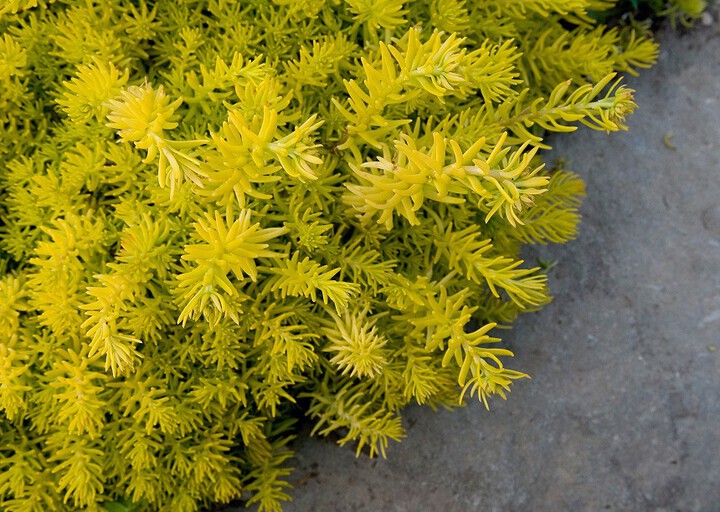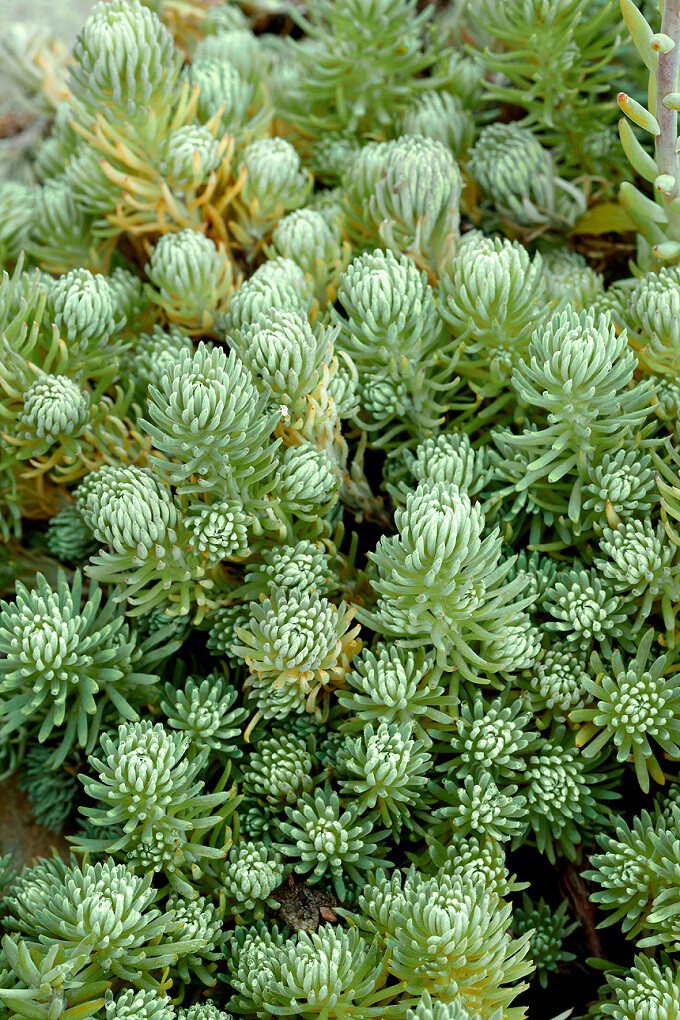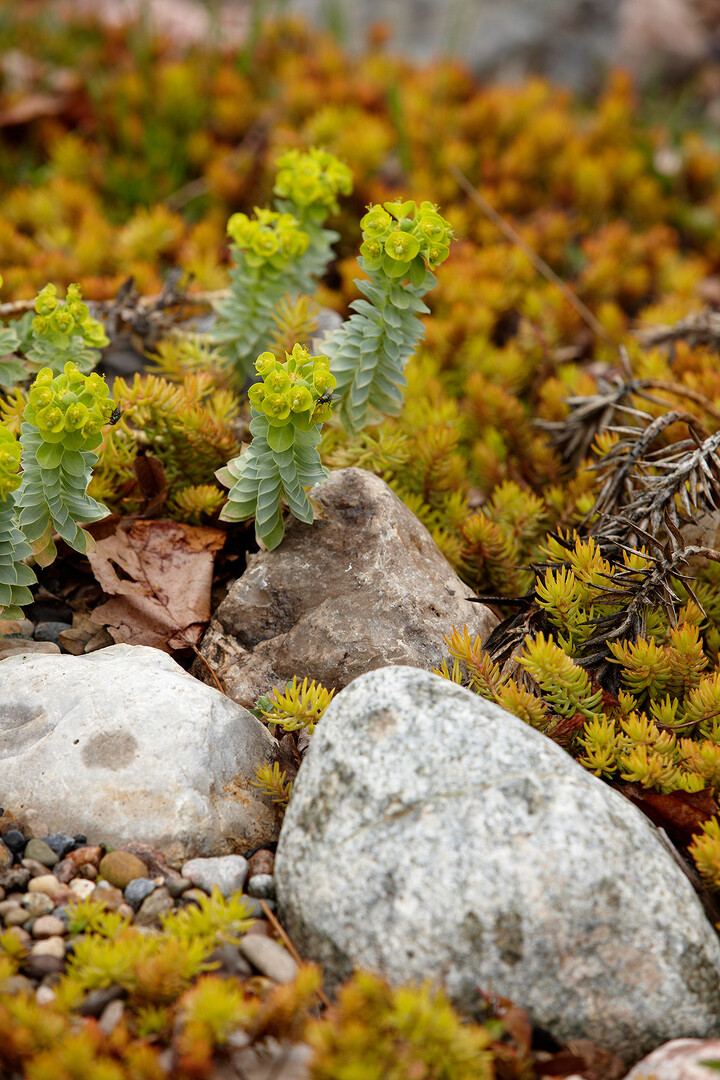Sedum is known for its dense, colorful, and textured foliage. These impressive plants are like succulents, as they retain moisture in their leaves and stems. Sedum is known for its ability to fill in the garden with thick, low-growing foliage—creeping sedum groundcovers can even climb over rocks in containers or garden beds. Sedum is a hardy, attractive option that will bring color to the garden for three seasons.
Sedum Types

Sedum falls into two types, defined by their growth pattern. Creeping sedum, also known as stonecrop, makes a good groundcover in rock gardens and through cracks in walls. Sedum groundcover plants are hardy, fast-rooting plants that will do well wherever they touch ground. Upright sedum, the second type, forms tight clumps of foliage that do not spread. This type of sedum can be divided in spring. Depending on the variety, upright sedum grows to be between 1 to 3 feet tall.
Related: Succulent Container Garden Plans

Sedum Varieties
With plenty of sedum varieties in different colors, shapes, and sizes, there is sure to be a variety for every garden. Foliage ranges from chartreuse or gold to pinks, creams, greens, and almost-black hues of purple. The thick, fleshy leaves come either rounded and paddle-like or long and narrow like needles. Some sedum varieties have pollinator-attractive blooms in red, yellow, or white.

Sedum Groundcover Colors
While basic green sedum groundcover can do the trick, it's exciting to pick a colorful groundcover to take over open spaces in the garden. Succulent groundcover sedum is a great option for drought tolerance. One of the best gold sedum groundcover varieties is 'Angelina'—the needle-like foliage looks like spruce branches but boasts hues of gold, chartreuse, and even copper. As far as multicolor sedum groundcovers go, 'Tricolor' is a favorite variety of many. The flat foliage takes on ivory, mint, and rosy hues. For darker hues, look to 'Purple Emperor'. This purple sedum groundcover has dark foliage and bright pink flowers.
Related: Easy Garden Groundcovers